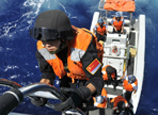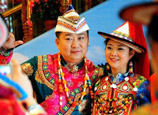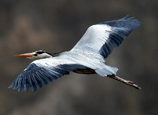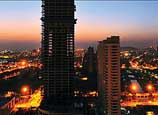
Even when it is in service, designers will be carrying out upgrades to improve its performance, he said.
Tang revealed that domestically designed and manufactured engines will be tested during test flights and once they have passed various tests they will power the jumbo airfreighter.
The Chinese engines perform better in terms of fuel efficiency and thrust-weight ratio, he said.
Tang also said that, as is international practice, an aircraft could use several types of engines.
China's largest transporter had been the Yun-8, which has a maximum take-off weight of 61 tons. The Yun-8 debuted in 1975.
The Yun-20 can operate in adverse weather and a range of topographical conditions, Tang said.
"It can serve peace-keeping missions and bring in large quantities of aid for humanitarian missions."
Tang, a graduate of the Beijing University of Aeronautics and Astronautics, works at the No 1 Aircraft Design Institute under the Aviation Industry Corp of China.
In addition to the institute, at least 1,000 companies or research institutes have been involved in design and production of the jumbo, according to Tang.
The transport plane puts China in an exclusive club of countries and signals an ability to produce homegrown technology to boost its defense capacity, Xinhua reported in January.
"The successful test flight of the Yun-20 marks a milestone in China's aviation industry and we're moving a step closer toward building a strategic air power for the country," the news agency quoted Tang as saying earlier this month.
 |
















 Seeking a dream wedding at Beijing Wedding Expo
Seeking a dream wedding at Beijing Wedding Expo


![]()
